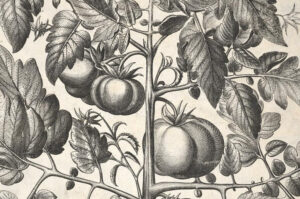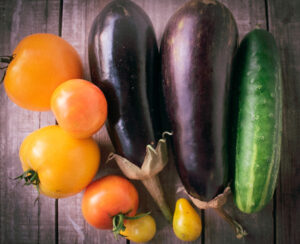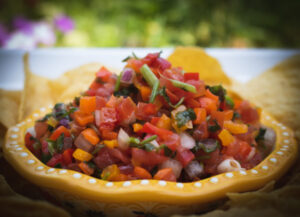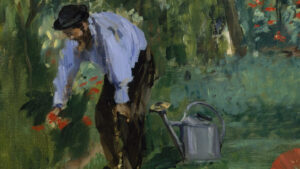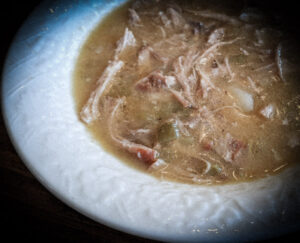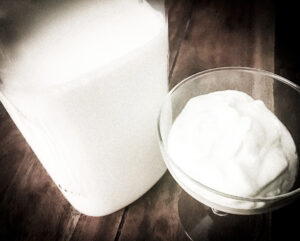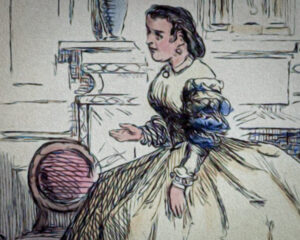Yeasted Waffles

Mr. Tyler Storey
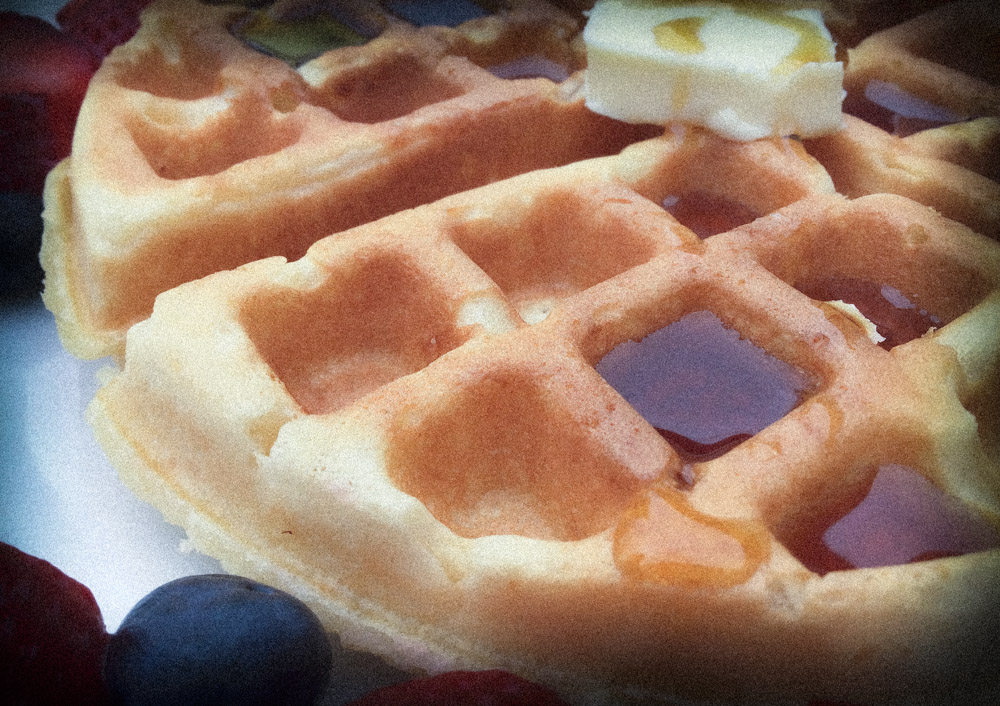
Waffles have something of the character of champagne: they both lend a certain celebratory tone to any occasion on which they appear. And as with champagne, a) they should appear more often, and b) the good stuff is an entirely different thing compared to the bottom end. I have never met a waffle I actually disliked — mind you, I have never had a mass-produced frozen toaster type — but these yeasted waffles are the good stuff.
Because they are leavened with yeast instead of the more-usual baking powder, they require some advance planning, but the actual mixing and cooking times are about the same. As a bonus, the overnight rise means the batter is ready first thing, so the time between rolling out of bed and slathering butter all over your homemade waffles is considerably shorter than with the baking-powder type.
The yeast also does that amazing thing that yeast does, transforming the texture and flavor of the flour and other ingredients in an almost magical manner. Baking-powder waffles can sometimes be a bit flabby, the effect of heat, fat, and moisture on unstructured flour. Yeasted waffles instead have a crisp but open crust, and an almost creamy interior, somewhat reminiscent of cannelés.
A very famous cookbook suggests in its page on waffles that they are so rich in butter that there is “no reason for ladling butter on top of the waffle.” Ignore such nonsense. Spread them with good butter, top with maple syrup, or honey, or jam, or what-have-you, and make it a party. We like to serve these with bacon and hot scrambled eggs and good black coffee. And, of course, champagne.
— Tyler
What You Need

Equipment:
• Small saucepan
• Mixing and measuring utensils
• Medium-size mixing bowl
• Waffle iron (see note below)
Ingredients:
• 1 1/2 cups whole milk
• 6 T unsalted butter, plus more
• 3/4 tsp. salt
• 3 T brown sugar
• 1 tsp. vanilla extract (see note below)
• 2 cups white flour, unbleached all-purpose
• 1 1/2 tsp. yeast, active dry or instant
• 2 large eggs
What You Do



Preparation:
Scald the milk in a small saucepan over medium-low heat, to about 150°F. Remove from heat and stir in the cold butter, salt, and sugar, until the butter melts. Set aside to cool.
Meanwhile, put the flour in a mixing bowl large enough to allow the batter to expand.
When your milk mixture has cooled to about 100°F, whisk into it the vanilla or other flavoring, and then stir the mixture into the flour with two or three swift strokes.
Stir in the yeast, and then mix in the eggs, one at a time until just blended. Don’t over-work it; it’s fine if the mixture is still slightly lumpy.
Cover and place in the refrigerator overnight (see note below).
When it is time to cook:
Brush your waffle iron very lightly with butter unless it is well seasoned, then heat it to above medium. Ours has a scale of 1 to 7 and we have found four-and-a-half to be about perfect.
Remove the waffle batter from the refrigerator and gently stir it down.
When the waffle iron is hot, ladle on the appropriate amount to fill the iron; this batter is thick and viscous, and does not pour well, so do use a ladle or other scoop. Then close and bake. The waffle will be ready when the steam has almost stopped. Our waffle iron has a whistle that lets us know when the waffle is ready; most electric irons have a light that does the same.
Eat, and repeat.
Notes:
Waffle iron: This recipe is perfect for Belgian-style waffles, as the thicker style makes more contrast between the crust and the interior, but it makes lovely “regular” waffles as well. In either case, you may have to experiment to get the right temperature for your particular waffle iron; aim for crispy, not crunchy, and eat your mistakes.
Batter amount: This is entirely dependent on your waffle iron, but the airy quality of a yeasted batter means you might use less than you think you should. For a square iron, we lay down an X from corner to corner, one inch from the edge; for a round iron, make an O. Like tic-tac-toe! You will have to experiment. Also be aware that the recipe can be doubled with good results, but for more than that make another batch.
Flavoring: Instead of vanilla, you can substitute 1 tsp of orange or hazelnut extract or 1/2 tsp of almond extract. Lacking those, use 1 tsp of brandy or bourbon. If you don’t have any of these, it’s time to go shopping.
Rising time: If you did not plan ahead are being spontaneous, leave the covered bowl sitting out on the counter to rise for half an hour, and then proceed with cooking; the flavor will still be very good. Also, if you don’t use all the batter for one meal, it can be left for another day covered in the fridge and is still excellent.




